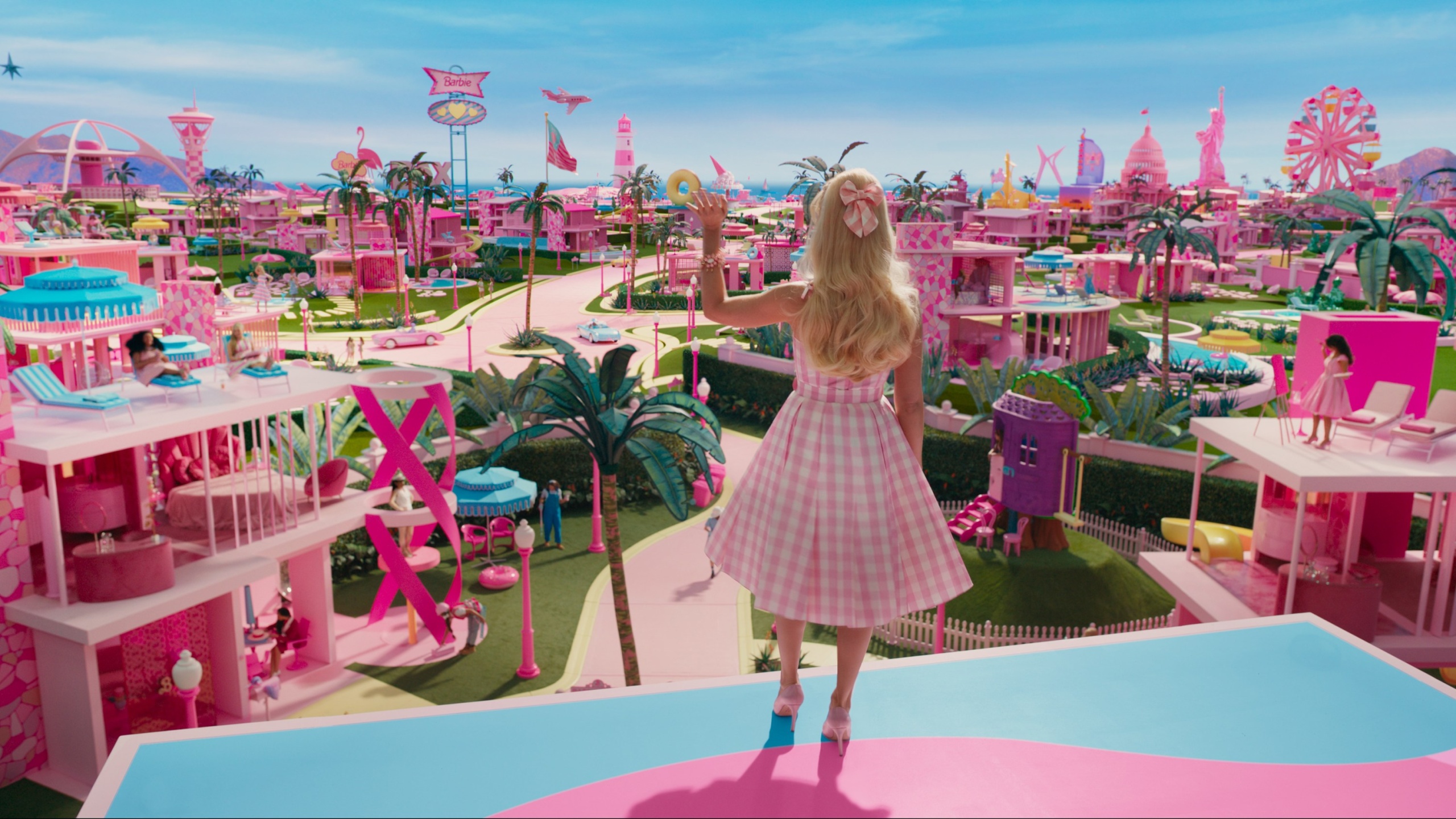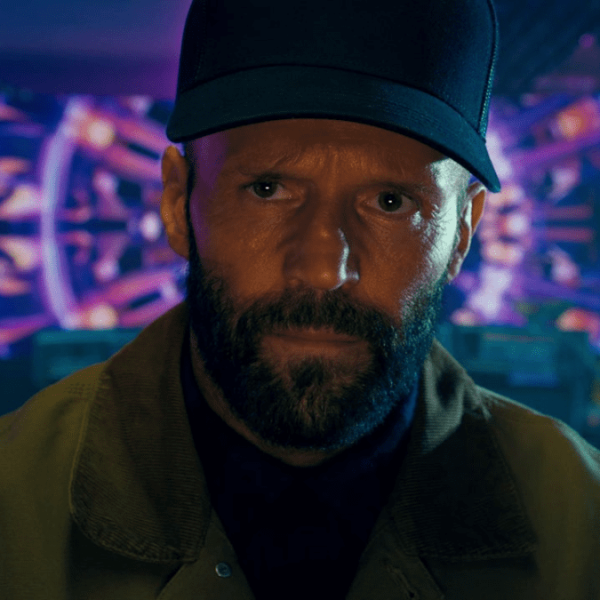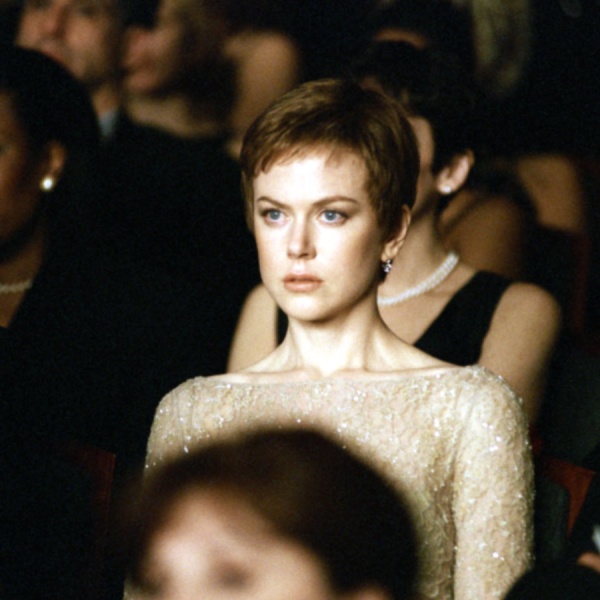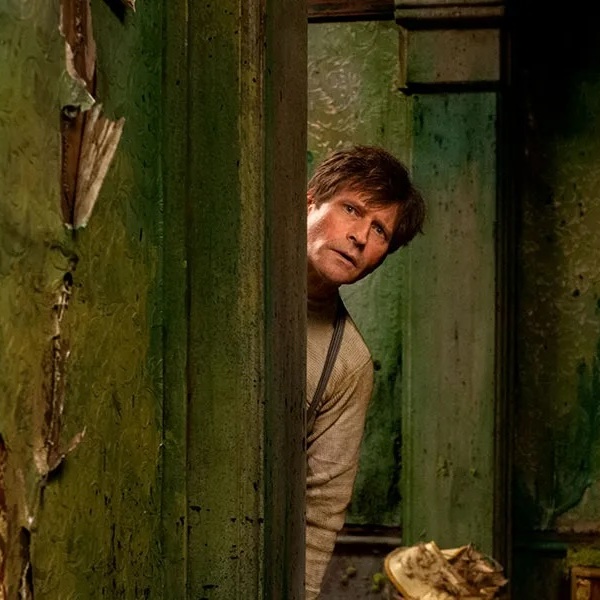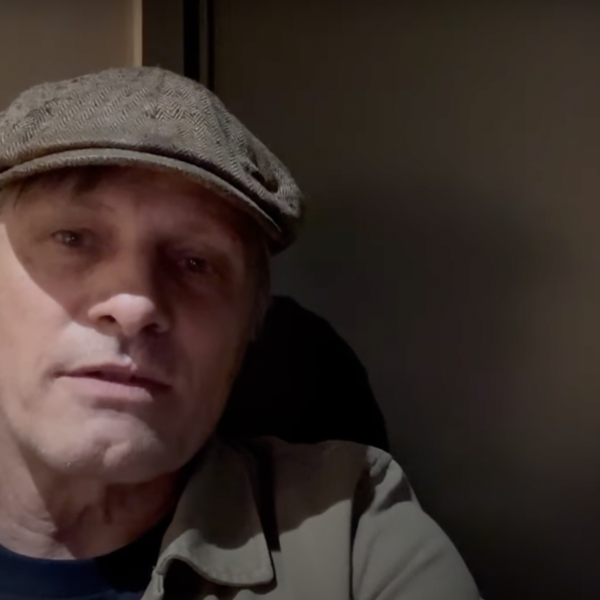This article contains IndieWire’s preliminary Best Production Design predictions for the 2024 Oscars. We regularly update our predictions throughout awards season and republish previous versions (like this one) for readers to track changes in how the Oscar race has changed. For the latest update on the frontrunners for the 96th Academy Awards, see our 2024 Oscars predictions hub.
The State of the Race
“Barbie” (Warner Bros.) is the early favorite for its dazzling pink and plastic Barbie Land, but it’s a competitive field with “Dune: Part Two” (Warner Bros.), “Asteroid City” (Focus Features), “Oppenheimer” (Universal), “Killers of the Flower Moon” (Apple TV+/Paramount), “Poor Things” (Searchlight), “Beau Is Afraid” (A24), “Maestro” (Netflix), “Wonka” (Warner Bros.), and “Napoleon” (Apple TV+/Sony Pictures).
In addition, there’s “The Zone of Interest” (A24), “Saltburn” (Amazon/MGM), “The Color Purple” (Warner Bros.), and “Priscilla” (A24).
Greta Gerwig’s blockbuster “Barbie” offers the year’s most wondrous eye candy, built around Barbie Land as a feminist utopia. What started out as unknown territory to production designer Sarah Greenwood and set decorator Katie Spencer (who have six Oscar nominations between them and are more at home with period pieces such as “Atonement”) became the most surreal experience of their careers. They started with a representation of Barbie Dreamhouse playhouses (with all the necessary toy-like props) set against the modernist backdrop of mid-century Palm Springs. Then they embraced an old-school, in-camera, practical method of set building, only in miniature. They reduced the scale by 23 percent to make Margo Robbie’s Barbie, Ryan Gosling’s Ken, and the other actors look bigger. What they didn’t count on was causing a global shortage of fluorescent pink paint, but Mattel scrambled to get what they needed.
Oscar-winning “Dune” production designer Patrice Vermette gets to push Denis Villeneuve’s sensory experience even further in “Part Two.” The large-scale sets at Origo Studios in Budapest will once again play host to the interiors of the desert planet Arrakis, which has an Egyptian influence with stark browns, ochres, and arid reds, as well as the interiors of the Bene Gesserit sisterhood of superhuman forces. There will be also more interaction with the nomadic Fremen, as Paul (Timothée Chalamet) embarks on his holy war. The Goth-looking planet, Giedi Prime, home to the Harkonnen, appears to be depicted in black-and-white in the trailer for gladiator sequences involving Austin Butler’s bald Feyd-Rautha. In addition, we will see more of the ornithopters: huge winged flying vehicles that resemble dragonflies.

For Wes Anderson’s “Asteroid City,” Oscar-winning production designer Adam Stockhausen (“The Grand Budapest Hotel”) built the entire eponymous mid-’50s town from scratch in the Spanish desert. It was a spaghetti Western meets neo-Western “Bad Day at Black Rock.” They chose the empty, flattened farmland just beyond Chinchón, an hour from Madrid. The main buildings consisted of the luncheonette, the motel cabins, and the single-pump gas station. The boulders and mountains were all built behind them. The pastel aesthetic was influenced by both the Eastman Color look of “Black Rock” and period photography. The filmmakers wanted red for the earth and rocks and the exterior of the buildings white, which highlighted the baking yellow, mid-day sun.
Christopher Nolan’s “Oppenheimer” required production designer Ruth De Jong (“Nope”) to combine sets with practical locations to build the desert town of Los Alamos. This was the central location of The Manhattan Projection in this biopic thriller about physicist J. Robert Oppenheimer (Cillian Murphy), the “father of the atomic bomb.” Unable to shoot in Los Alamos, they chose Ghost Ranch, a 21,000-acre retreat in Northern New Mexico. This provided a prime plateau to build the town, with impressive backdrops in every direction.
With “Killers of the Flower Moon,” legendary production designer Jack Fisk (Oscar-nominated for “The Revenant” and “There Will Be Blood”) worked for the first time with director Martin Scorsese. A specialist at constructing outdoor sets, Fisk grounded the 1920s fact-based Oklahoma crime drama about the serial murders of Osage Indians on the topographical and architectural reality of their oil-rich territory. But telling the story on Osage land, either by repurposing existing structures or building them from scratch, was challenging. Fortunately, like all the craft departments, Fisk worked closely with Osage artisans and craftspeople. So much of the original town of Fairfax had been modernized or run down, and the film required vast open expanses. In addition, there were several homes and offices that needed to be dressed.
Yargos Lanthimos’ “Poor Things,” a twisted Victorian “Frankenstein” gender-bender, stars Emma Stone as Bela, who’s crudely resurrected from the dead by her scientist father (Willem Dafoe) with the brain of her unborn child. This results in a strange and surreal transformation, with production designers Shona Heath and James Price providing the oddly shaped, Gothic period trappings for the castle and the lab in both black-and-white and color. There’s an old-school practical vibe to the set design and backgrounds that fit the creepy atmosphere.

Ari Aster’s “Beau Is Afraid,” in which Joaquin Phoenix’s paranoid man-child goes on a surreal odyssey, provided a uniquely intimate world-building experience for Oscar-nominated production designer Fiona Crombie (“The Favourite”). Divided into episodic chapters of a dreamlike past and chaotic present, the journey appears to be a mental manifestation of everything that’s unbearable to Beau, except for the hand-crafted stage play that’s predominantly stop-motion, which is a wish-fulfillment of a happier existence.
Bradley Cooper’s “Maestro” explores legendary conductor/composer Leonard Bernstein (Cooper) through the lens of his complicated love story with actress wife Felicia Montealegre (Carey Mulligan), spanning more than 30 years. Production designer Kevin Thompson gets to recreate New York from the ’40s to the ’70s. We look forward to some musical highlights, including Bernstein conducting Gustav Mahler’s “Resurrection Symphony” (Symphony No. 2 in C minor) at Ely Cathedral in England and an “On the Town” dance/dream sequence.
As for the rest: “Wonka,” the musical fantasy prequel from director Paul King (“Paddington”), starring Chalamet as the famed chocolate maker in training, boasts the production design of Nathan Crowley (a six-time nominee with Christopher Nolan). He provides a fantastical Victorian/Edwardian look that’s a cross between “Oliver!” and “Harry Potter.” Ridley Scott’s “Napoleon” benefits from the elaborate period world-building of go-to production designer Arthur Max (Oscar-nominated for “The Martian,” “American Gangster,” and “Gladiator”). It’s about the rapid rise to power of Napoleon Bonaparte (Phoenix) from military leader to Emperor and his obsession with wife Joséphine (Vanessa Kirby) and recreates six major battles. Jonathan Glazer’s “The Zone of Interest,” his disturbing Holocaust drama about the domestic family bliss within eyeshot of the Auschwitz camp, features standout work by production designer Chris Oddy. The exquisite garden behind the mansion, where the camp commandant (Christian Friedel) lives with his wife (Sandra Hülle) and family, represents the banality of evil.

In addition, “Saltburn,” Emerald Fennell’s wicked satire of wealth and privilege at the dawn of the 21st century, hurls Oxford student Barry Keoghan into the sprawling estate of aristocrat Jacob Elordi and his eccentric family for a frolicking summer. What a world-building treat for Oscar-nominated production designer Suzie Davies (“Mr. Turner”). Blitz Bazawule’s “The Color Purple,” adapted from the Broadway stage musical, starring Fantasia Barrino as Alice Walker’s celebrated Celie and her life-long struggles in the early 20th century South, leans on magical realism from Oscar-winning production designer Paul Austerberry (“The Shape of Water”). Sofia Coppola’s “Priscilla,” an adaptation of Priscilla Presley’s memoir, provides a counter perspective to Baz Luhrmann’s “Elvis” with the love story between Cailee Spaeny’s teenage Priscilla and Jacob Elordi as Elvis. A “Marie Antoinette” influence hints at an amplified Graceland from Oscar-nominated production designer Tamara Deverell (“Nightmare Alley”).
Potential nominees are listed in alphabetical order; no film will be deemed a frontrunner until we have seen it.
Frontrunners
“Asteroid City”
“Barbie”
“Beau Is Afraid”
“Killers of the Flower Moon”
“Oppenheimer”
Contenders
“Dune: Part Two”
“Maestro”
“Napoleon”
“Poor Things”
“Priscilla”
“Saltburn”
“The Color Purple”
“The Zone of Interest”
“Wonka”
